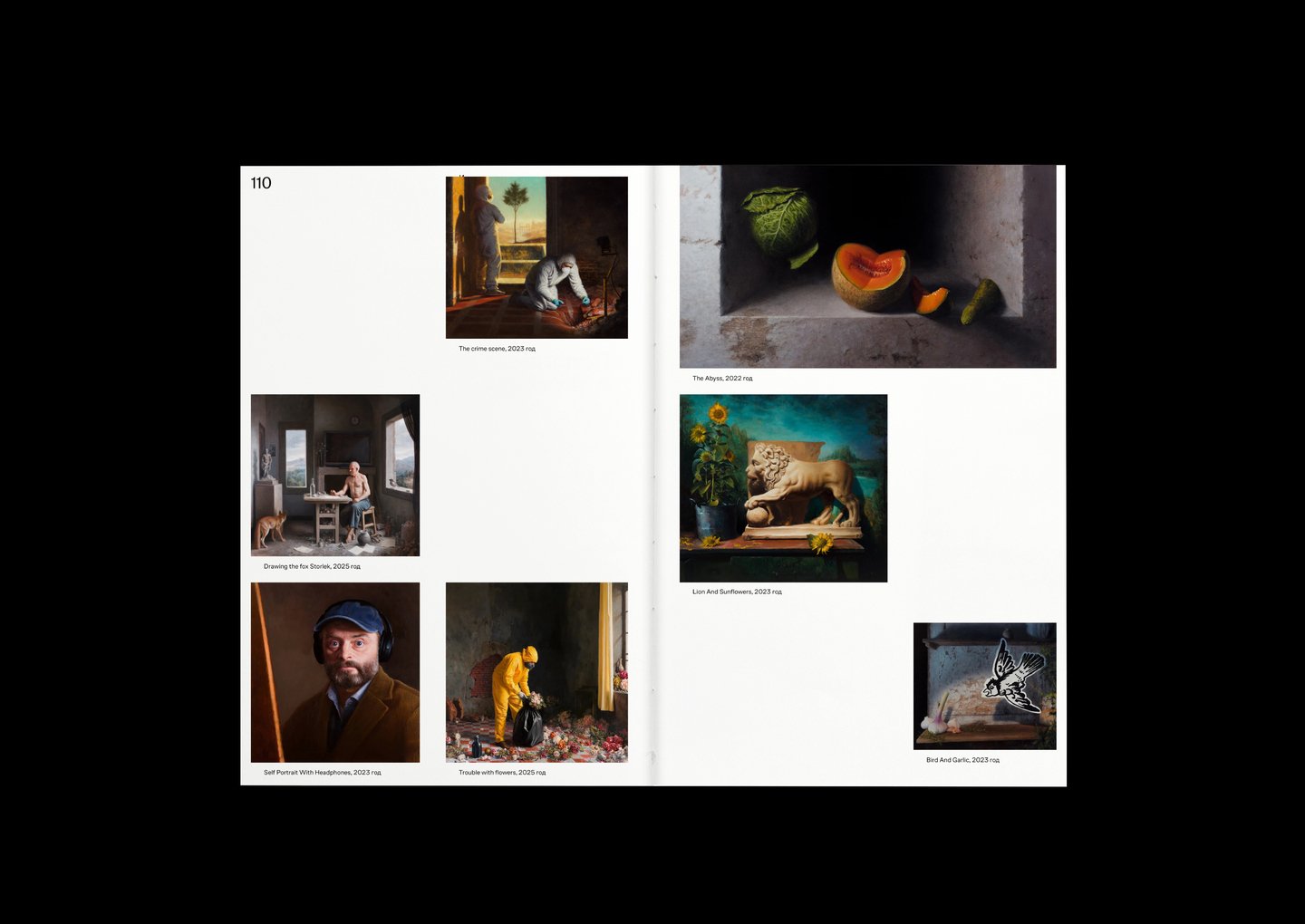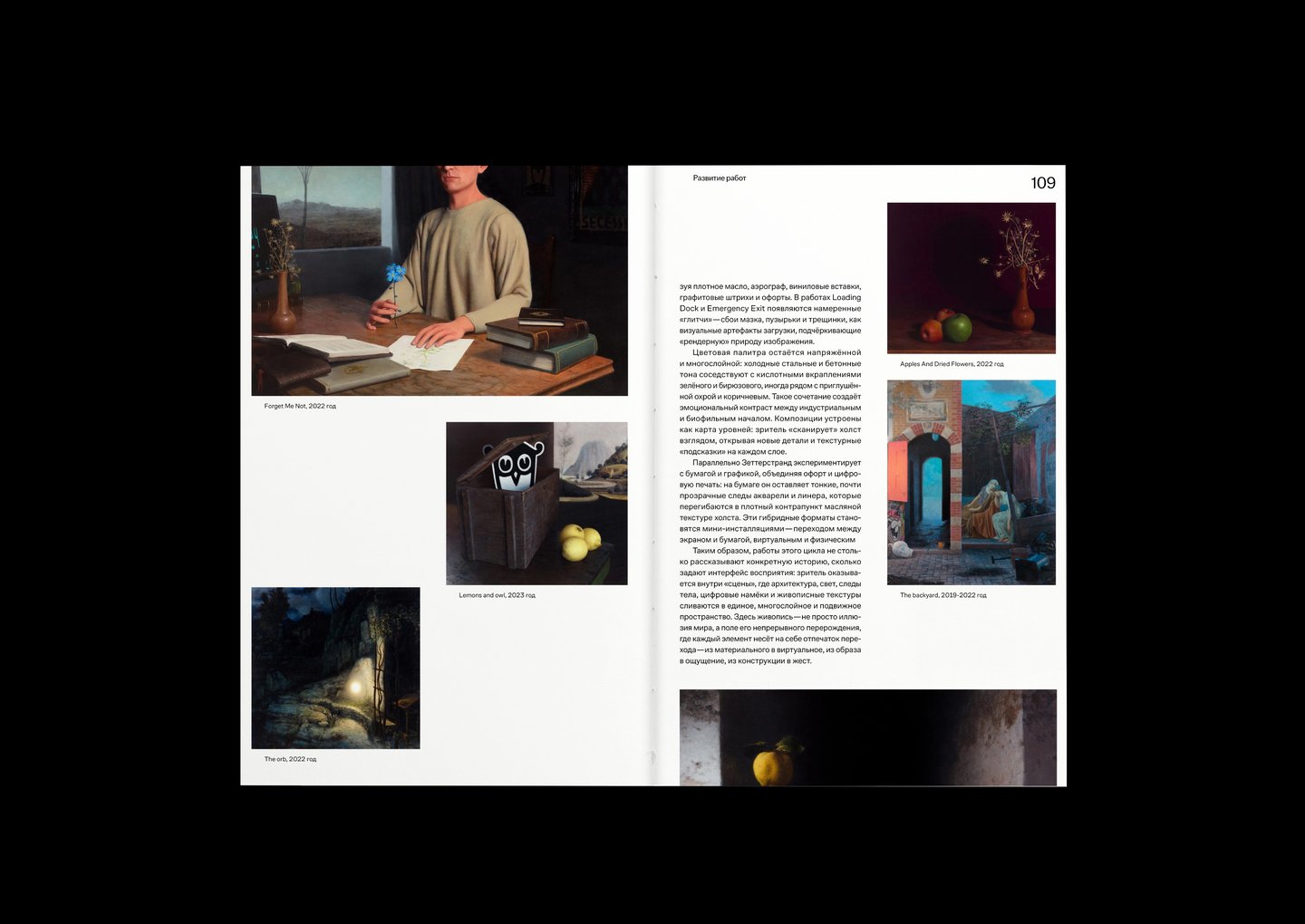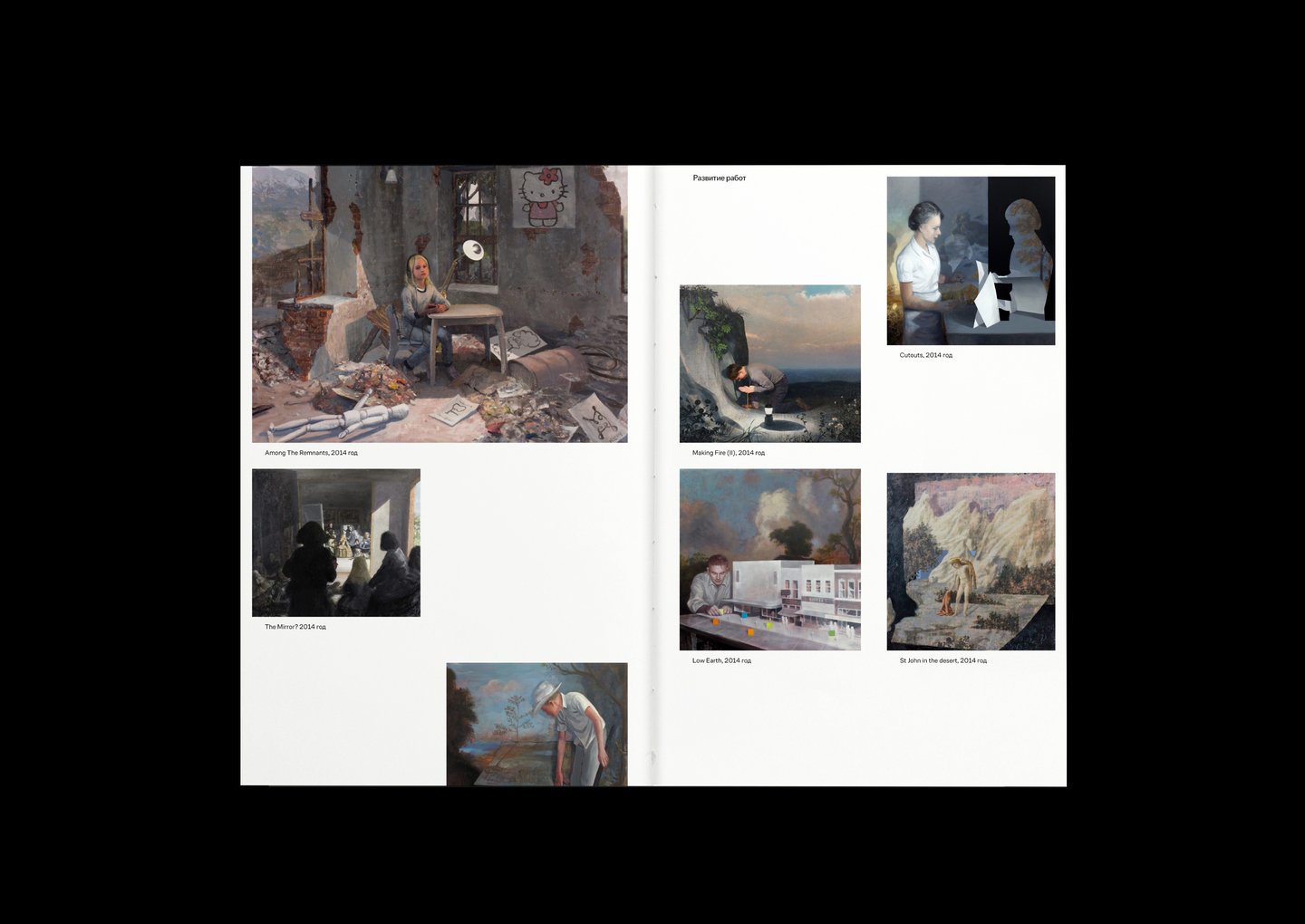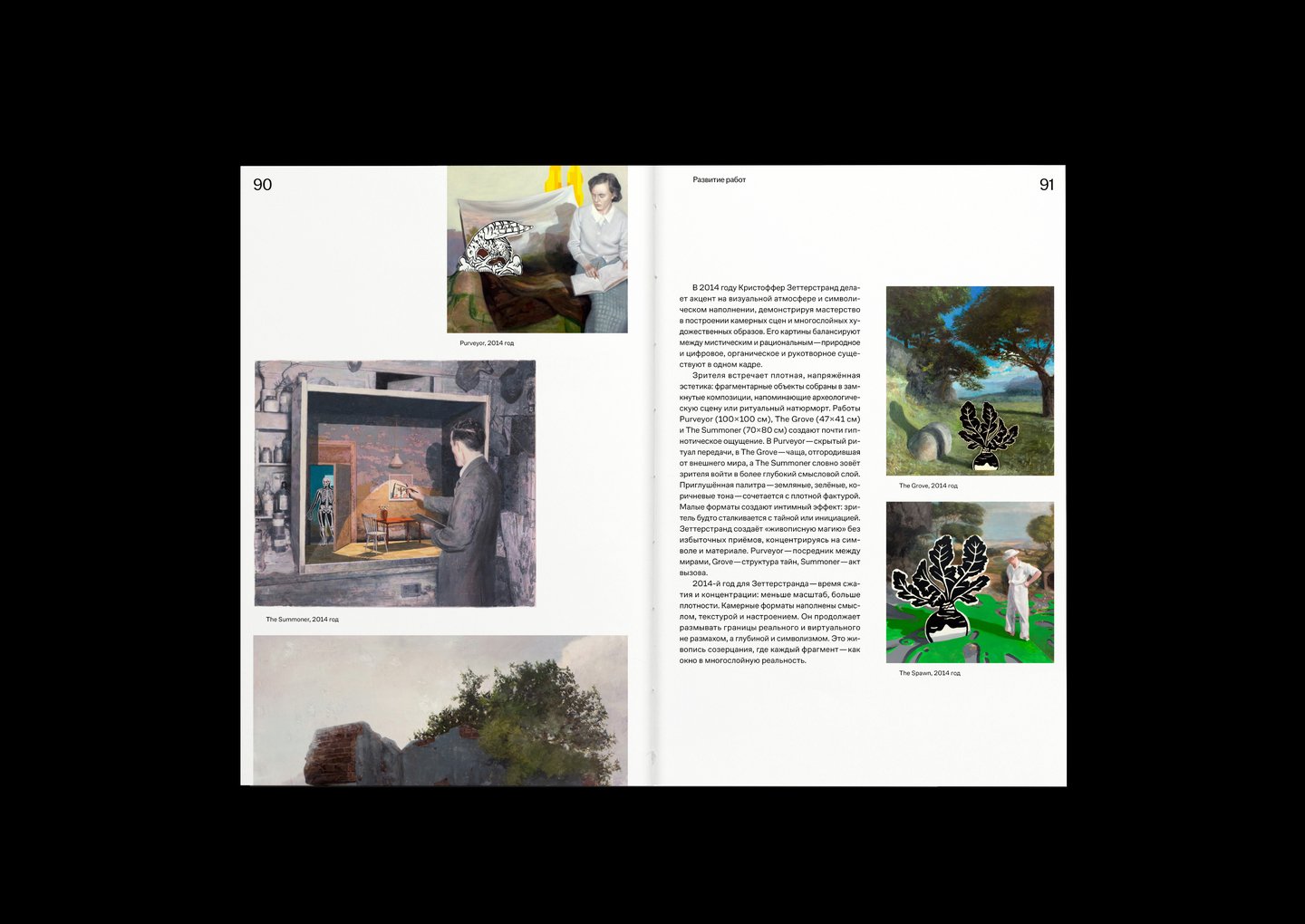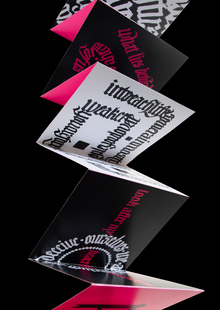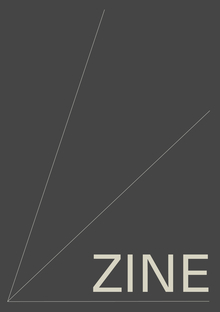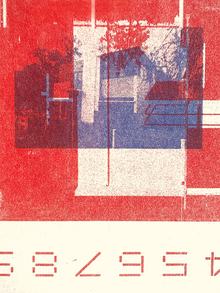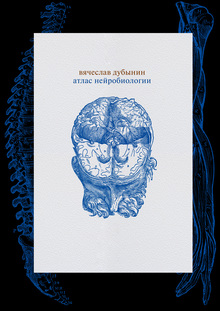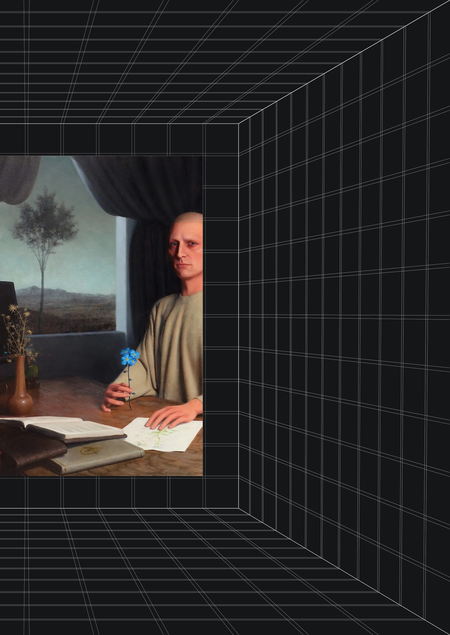
Christopher Zetterstrand. Polygons and pigments
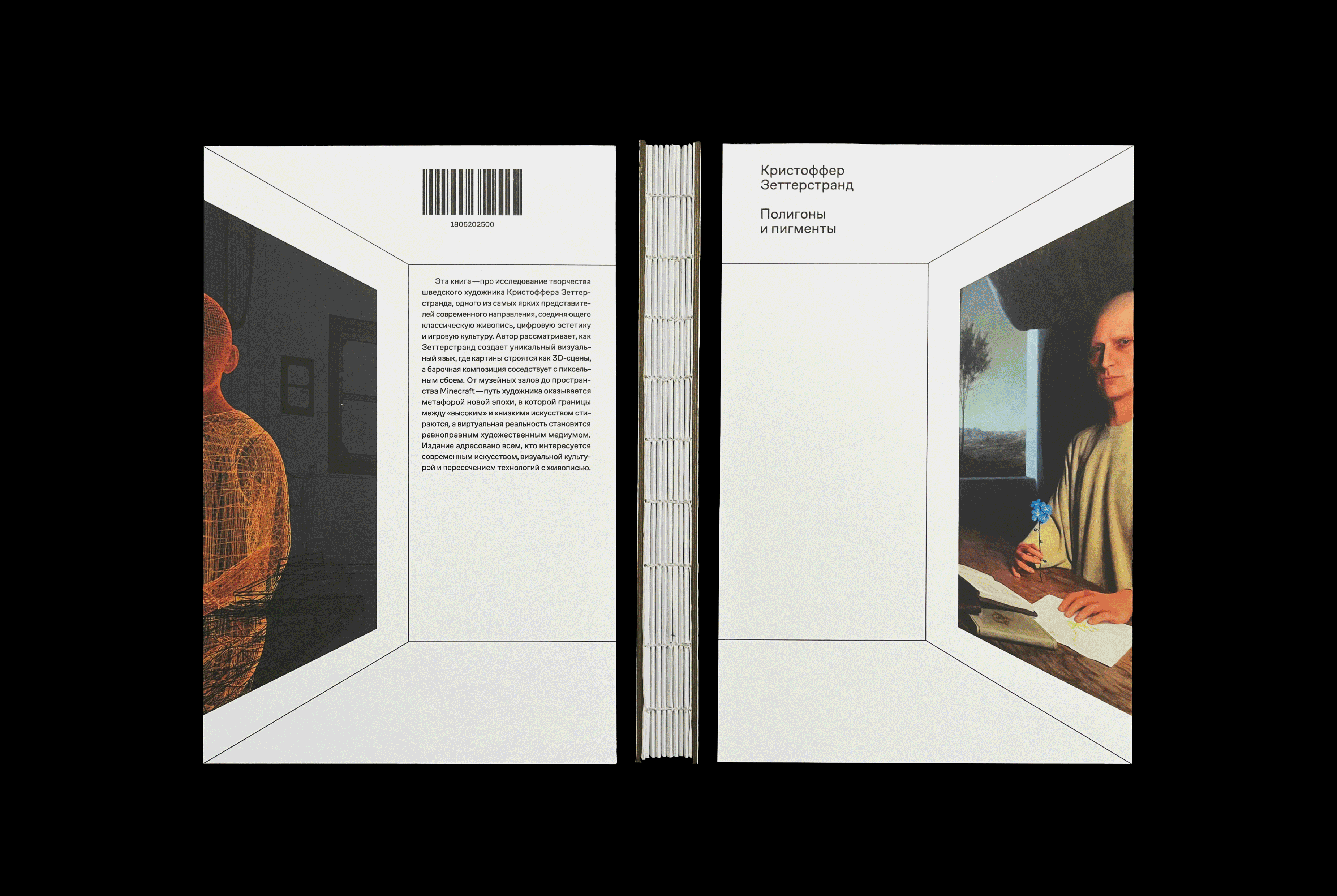
The book focuses on the paintings of Christopher Zetterstrand, a Swedish surrealist artist whose paintings are based on virtual turmurmorts and scenery created in 3D applications and moved to the canvas by oil technology. Its work interlocks elements of different eras of art and visual codes of digital games. The hybridity, multilayerity, the transitions between digital and material are the basis of Christopher Zetterstrand’s style, which is laid down in the book.

The grid is based on a three-dimensional space in which Zetterstrand works.
Schmutztitules. The three-dimensional space of the artist’s gallery where we’re going.
Entrance to the book
In all chapters, the text is consistently placed at the centre as a point of equilibrium and observation within the stage.
With each chapter, the columns are smaller. The book grid is a continuation of the 3D scene of Zetterstrand: first research, then dive, then go inside.
Get out of the chapter.
In the second chapter, the wool is structured according to the principle of three-dimensional space.
Get out of the chapter.
The third chapter does not follow the standard grid: they are freely placed inside and outside the turnout.
Some images go beyond pages and continue at the next turn, creating traffic effects and depths.
